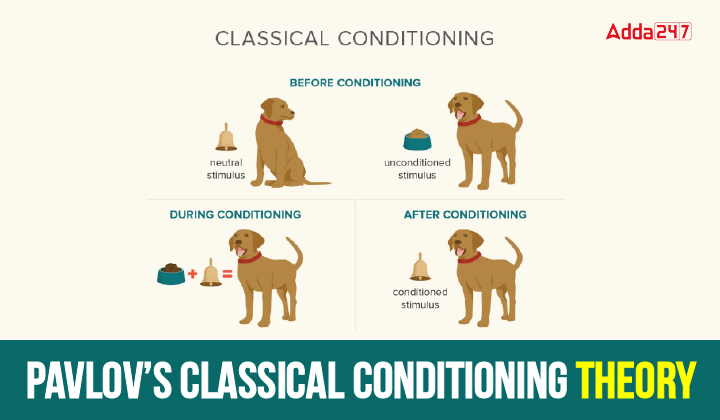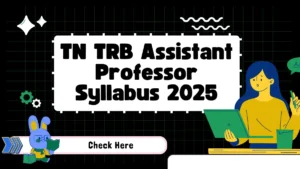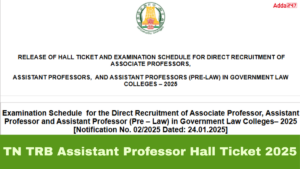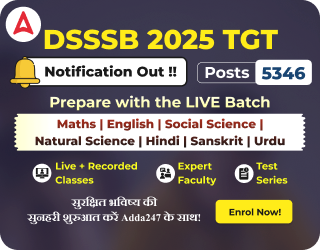Table of Contents
In the realm of child pedagogy, Pavlov’s Classical Conditioning Theory finds application in shaping effective learning environments and behavior management strategies. Educators utilize its principles to establish positive associations with learning by pairing enjoyable activities with subjects, fostering a constructive attitude. Moreover, through consistent rewards for desired behaviors, teachers reinforce positive conduct, and by gently exposing children to challenging stimuli in a supportive manner, they can alleviate anxiety and enhance the overall learning experience.
Pavlov’s Classical Conditioning Theory
Pavlov’s Classical Conditioning Theory, also known as Pavlovian conditioning or respondent conditioning, is a psychological concept developed by Russian physiologist Ivan Pavlov in the late 19th century and early 20th century. This theory focuses on how organisms learn to associate and respond to stimuli in their environment. Pavlov’s groundbreaking experiments with dogs laid the foundation for understanding how simple associations between stimuli and responses can lead to learning. Classical conditioning is a type of learning based on the association of a stimulus that does not ordinarily elicit a particular response with another stimulus that does elicit the response.
Pavlov’s Experiments
Pavlov discovered classical conditioning almost by accident. Originally, he wanted to study the role of salivation indigestion. He measured how much saliva dogs produce when given meat. After a few days in the experiment, Pavlov noticed that the dogs in his laboratory started salivating when the lab attendant entered the room with the meat dish before the meat was placed in their mouth.
This aroused Pavlov’s curiosity and he pursued the issue with more experiments. For example, he sounded a bell just before presenting his dogs with food. After hearing the bell many times right before getting fed, the dogs began to salivate as soon as the bell rang. In other words, the dogs had been conditioned to salivate in response to a new stimulus (the bell) that normally would not produce salivation. The dogs had learned to associate the bell with food.
Principles of Pavlov’s Classical Conditioning Theory
The basic principles of Pavlov’s Classical Conditioning Theory are as follows:
- Unconditioned Stimulus (UCS): This is a stimulus that naturally triggers a response without any prior learning. In Pavlov’s famous dog experiments, food was the unconditioned stimulus because it elicited a natural response of salivation from the dogs.
- Unconditioned Response (UCR): The unconditioned response is the innate response that occurs without any learning. In the dog experiments, salivation in response to food was the unconditioned response.
- Conditioned Stimulus (CS): The conditioned stimulus is a neutral stimulus that, through repeated pairing with an unconditioned stimulus, comes to elicit a conditioned response. In Pavlov’s experiments, a bell ringing was initially a neutral stimulus but became a conditioned stimulus when it was paired with food.
- Conditioned Response (CR): The conditioned response is the learned response that occurs after the conditioned stimulus is presented. In the dog experiments, salivation in response to the bell ringing (without food being present) was the conditioned response.
Types of Stimulus and Response
In classical conditioning, there are 2 types of stimulus and 2 types of response. They are unconditioned stimulus, the conditioned stimulus, unconditioned response, and conditioned response as explained in the figure.
Step 1 – Before Conditioning
Before conditioning, the bell is a neutral stimulus. Neutral stimulus (NS) is a stimulus that, before conditioning, does not naturally bring about the response of interest (Feldman, 2005).
NS (Bell) → No salivation
However, an unconditioned stimulus (UCS) can produce an unconditioned response (UCR).
UCS (Meat) → UCR (Salivation)
Step 2 – During the Conditioning procedure
During the conditioning procedure, the neutral stimulus (NS) is presented. It is immediately followed by the unconditioned stimulus (UCS) to produce an unconditioned response (UCR).
NS (Bell) + UCS (Meat) → UCR (Salivation)
Step 3 – Test of Conditioning
After the classical conditioning procedures, the neutral stimulus (NS) becomes a conditioned stimulus (CS). It alone can produce salivation. At this point, the production of salivation is known as the conditioned response (CR).
NS (Bell) → CR (Salivation)
Common Phenomena in Classical Conditioning
There are some common phenomena in classical conditioning, they are generalization, discrimination, and extinction. The descriptions for these phenomena are explained below.
Generalization :
Generalization occurs when similar stimuli to a CS produce the CR. A student may generalize his fear to physics and chemistry tests although he had performed poorly only on the mathematics tests. In this case, the physics and chemistry tests were similar stimuli to the mathematics test and they produced the CR by themselves.
Discrimination :
Discrimination is the opposite of generalization. It refers to the ability to differentiate between similar stimuli. For example, a student may feel fear during mathematics tests but not during physics or chemistry tests. This shows that the student is able to discriminate between appropriate and inappropriate situations for a response.
Extinction :
Extinction is the process of unlearning a learned response because of the removal of the original source of learning. In classical conditioning, extinction is done by repeatedly presenting the CS without the US. This action will decrease the frequency of the previous CR. Eventually, the CR disappears. In the example mentioned above, if the student repeatedly passes the mathematics tests, his fear of mathematics tests will disappear.
Spontaneous Recovery
After extinction, if the conditioned stimulus is presented again after a period of rest, a weakened conditioned response can reappear. This phenomenon is known as spontaneous recovery.
Acquisition
The initial stage of learning when the conditioned stimulus and the unconditioned stimulus are paired to create the conditioned response.
Pavlov’s Classical Conditioning Theory has had a significant influence on the field of psychology, providing a framework for understanding how behaviors and responses can be learned through associations in the environment. It also laid the groundwork for further research into various types of learning, including operant conditioning and more complex cognitive processes.
| Download Pavlov’s Classical Conditioning Theory Notes PDF | |
| In English | In Hindi |
| Pavlov’s Classical Conditioning Theory PDF | Pavlov’s Classical Conditioning Theory PDF |



 TN TRB Assistant Professor Syllabus 2025...
TN TRB Assistant Professor Syllabus 2025...
 KSET Syllabus 2025, Download Subject Wis...
KSET Syllabus 2025, Download Subject Wis...
 TN TRB Assistant Professor Hall Ticket 2...
TN TRB Assistant Professor Hall Ticket 2...










